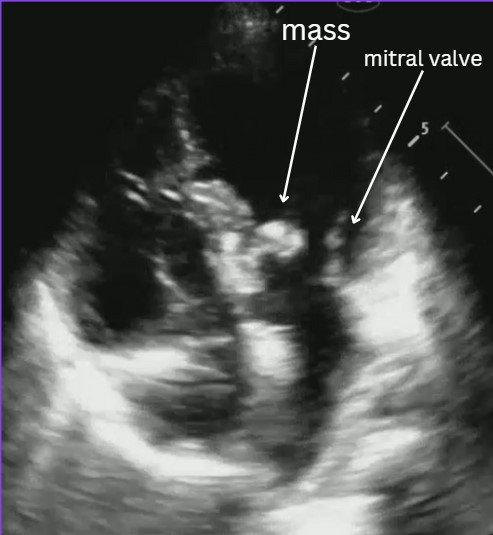HPI: 44 year old male with no PMH presenting to the ED for worsening left 3rd finger pain and swelling after sustaining trauma and laceration to affected area 9 days ago. The team's differential included finger cellulitis, abscess, flexor tenosynovitis, and underlying fracture.
The patient’s hand was placed in a water bath and the following images were obtained using the linear probe:
POCUS evaluation of flexor tenosynovitis
Use a water barrier between probe and fingers to improve image quality(ex: plastic basin, emesis bag, glove filled with water, bag of NS/LR).
Use the linear probe on the flexor side of the fingers.
Evaluate the flexor tendon which overlies the bone. Look for fluid (anechoic) within the flexor tendon sheath surrounding the flexor tendon. Remember, tendons are anisotropic which means they can appear hyperechoic or hypoechoic depending on the angle of your probe. Hypoechoic areas can be confused for edema so it is important to fan through the entire tendon. If the area of concern remains consistently hypoechoic, that is more concerning for fluid/edema.
The tendon may also appear thicker compared to fingers. If you apply color doppler, you may see surrounding hyperemia.
You can scan an unaffected finger also for real time comparison on what “normal” should look like.
Case conclusion: After this bedside POCUS, orthopedics team was consulted for concern for flexor tenosynovitis!
Learn more about POCUS findings for flexor tenosynovitis here:




